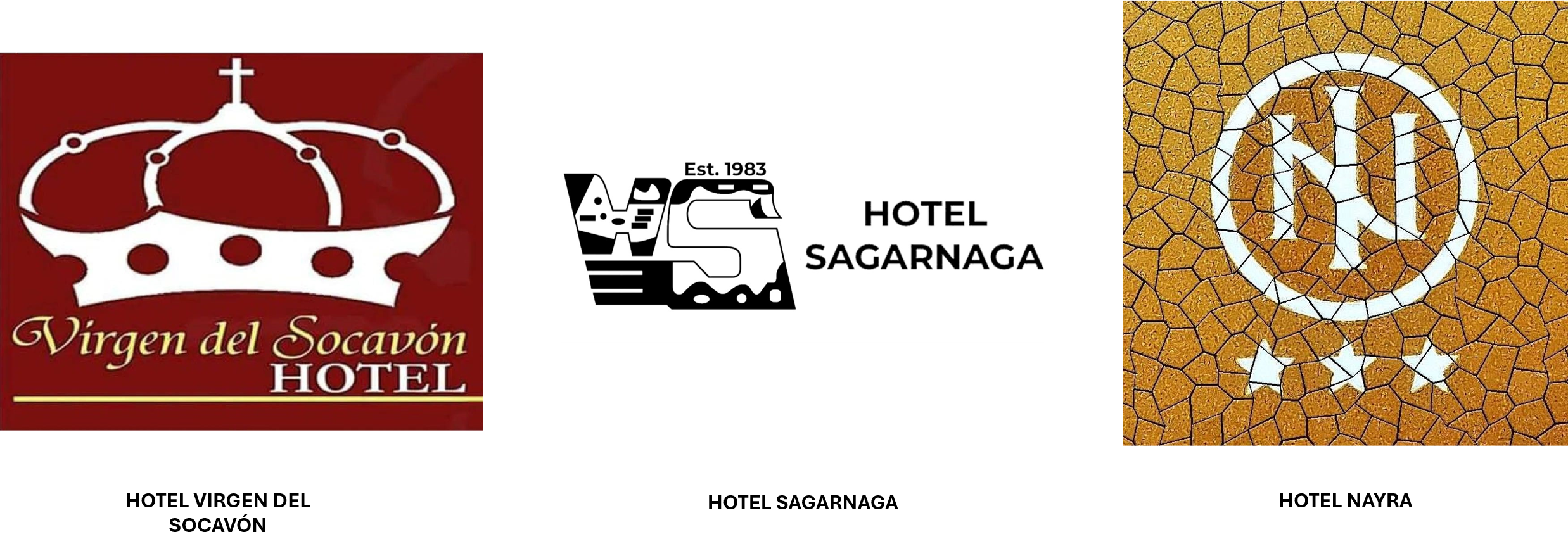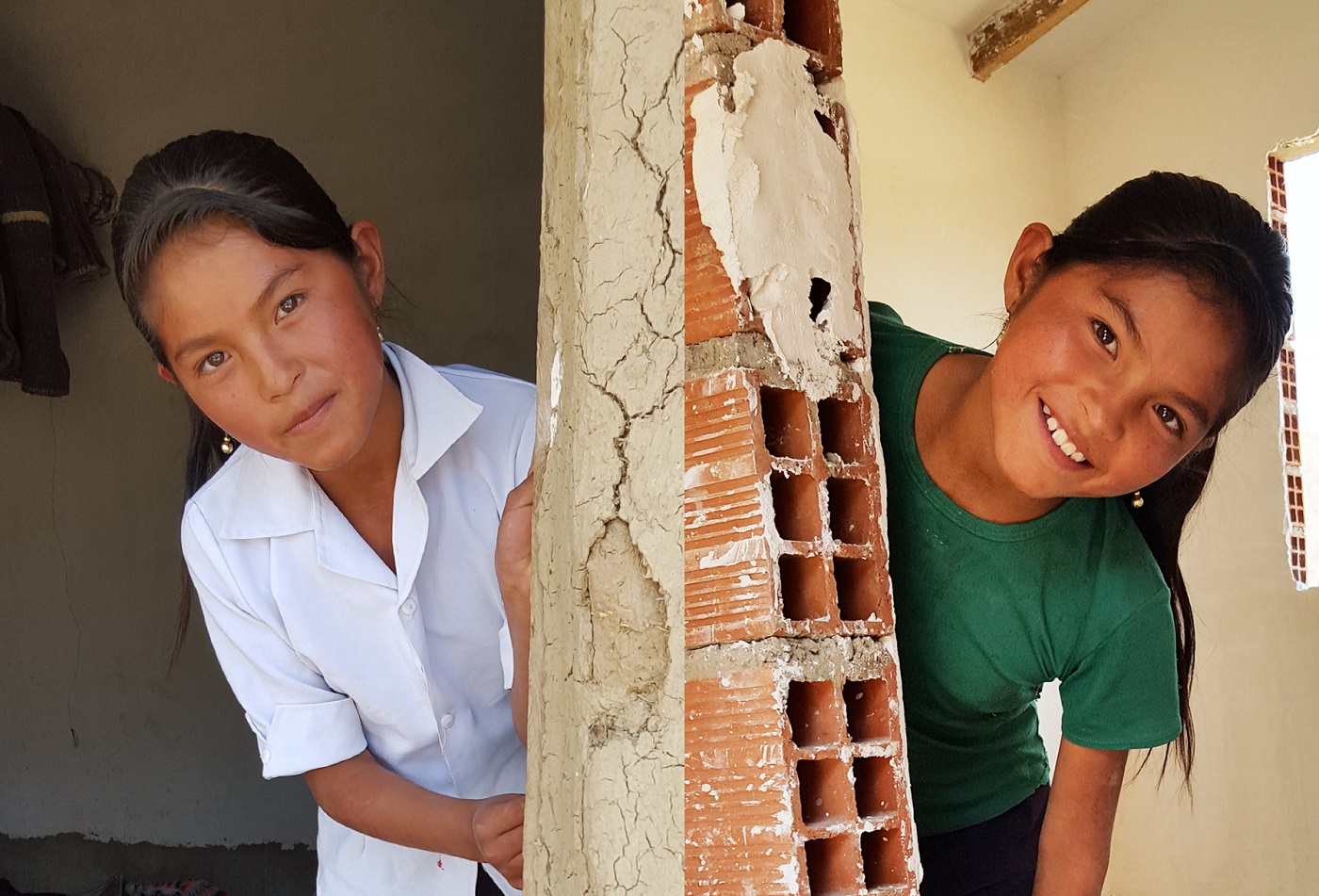
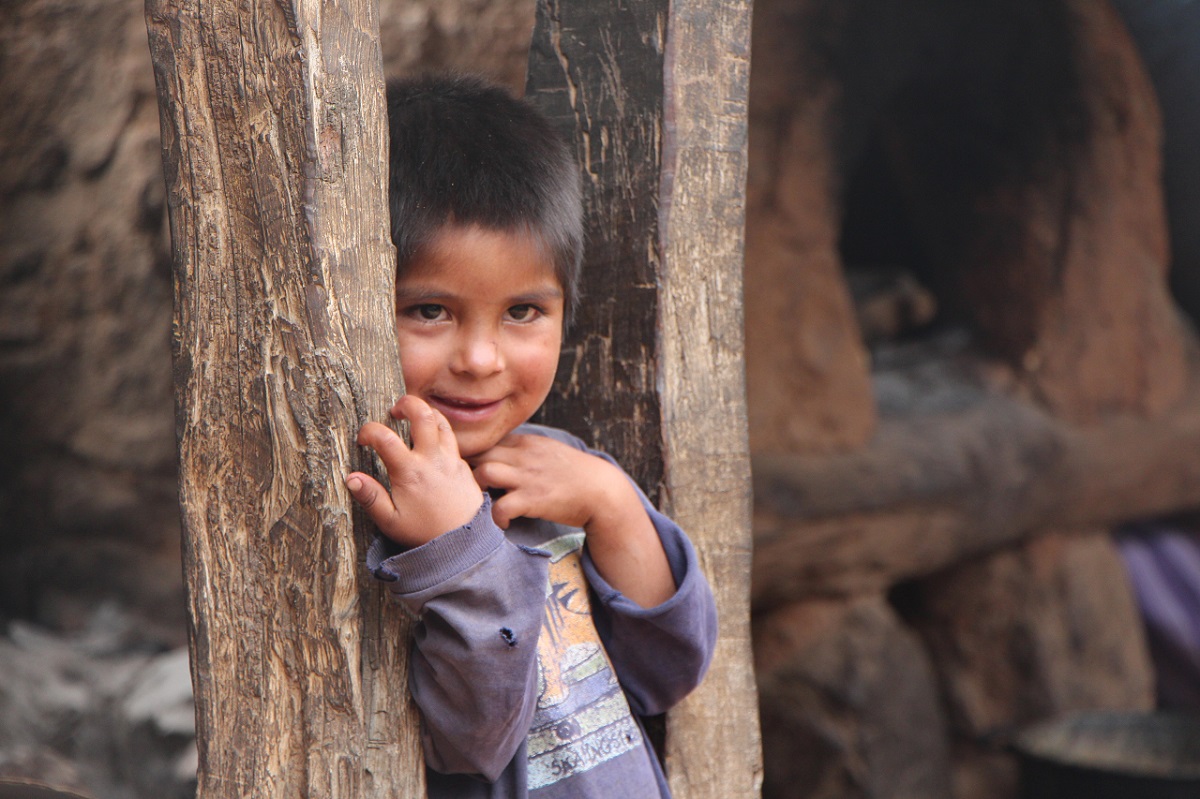
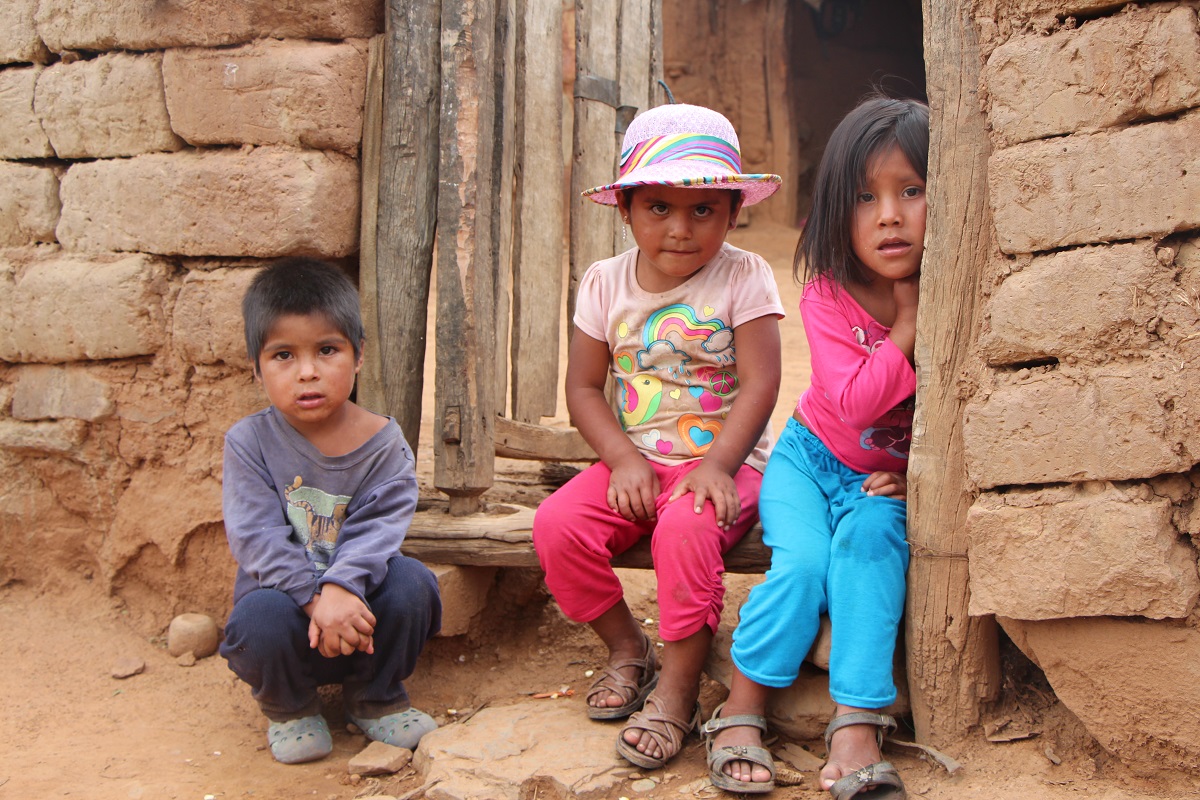

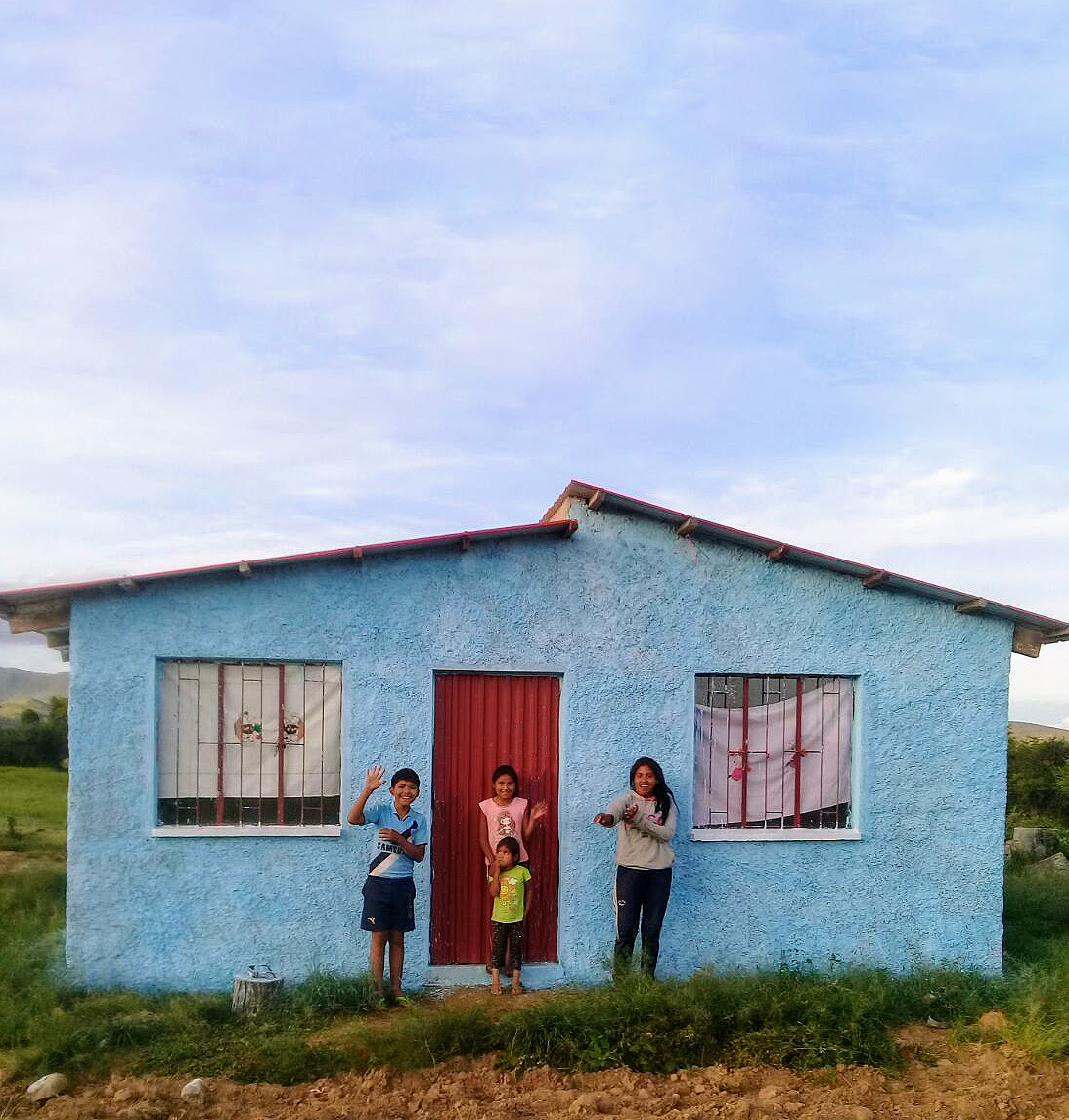
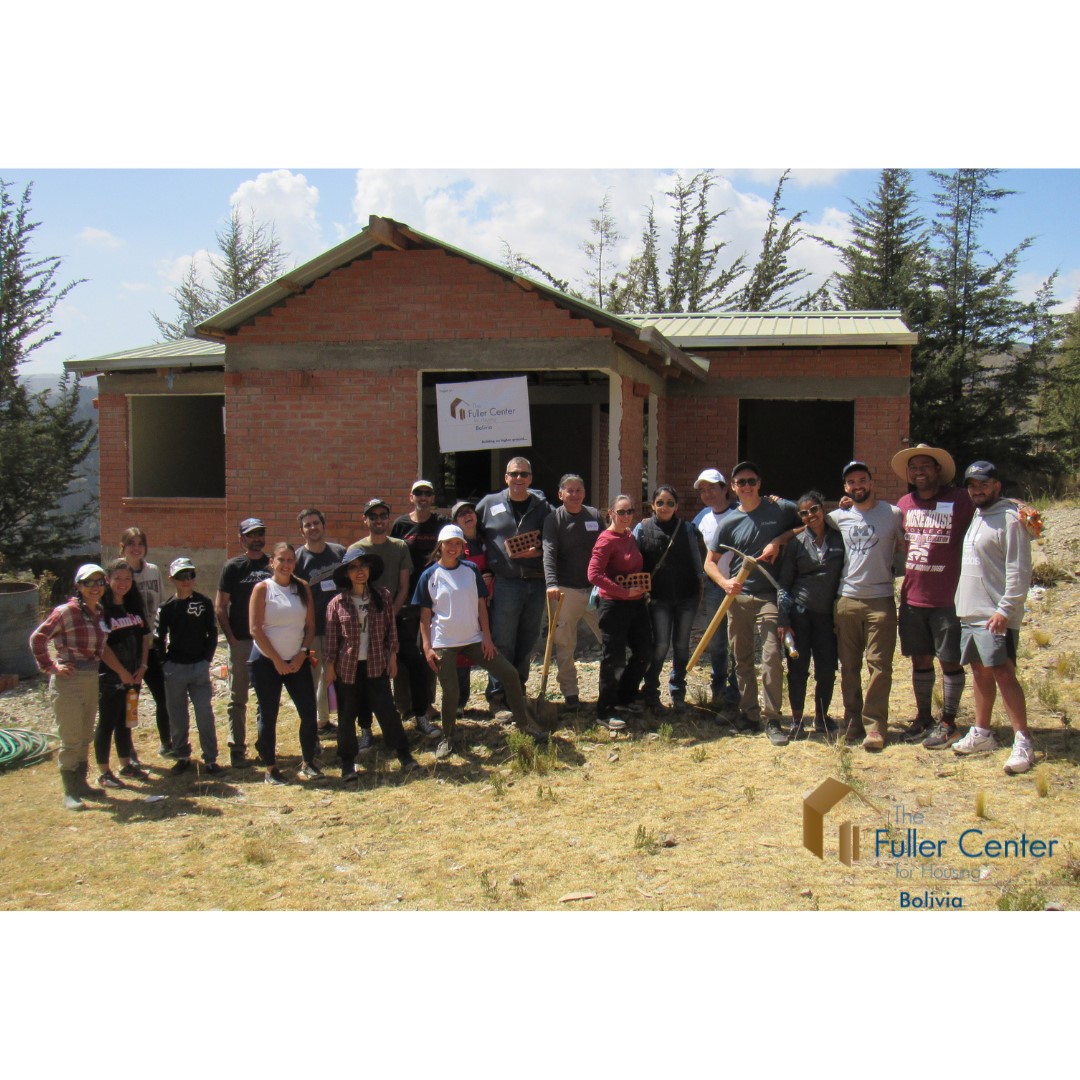
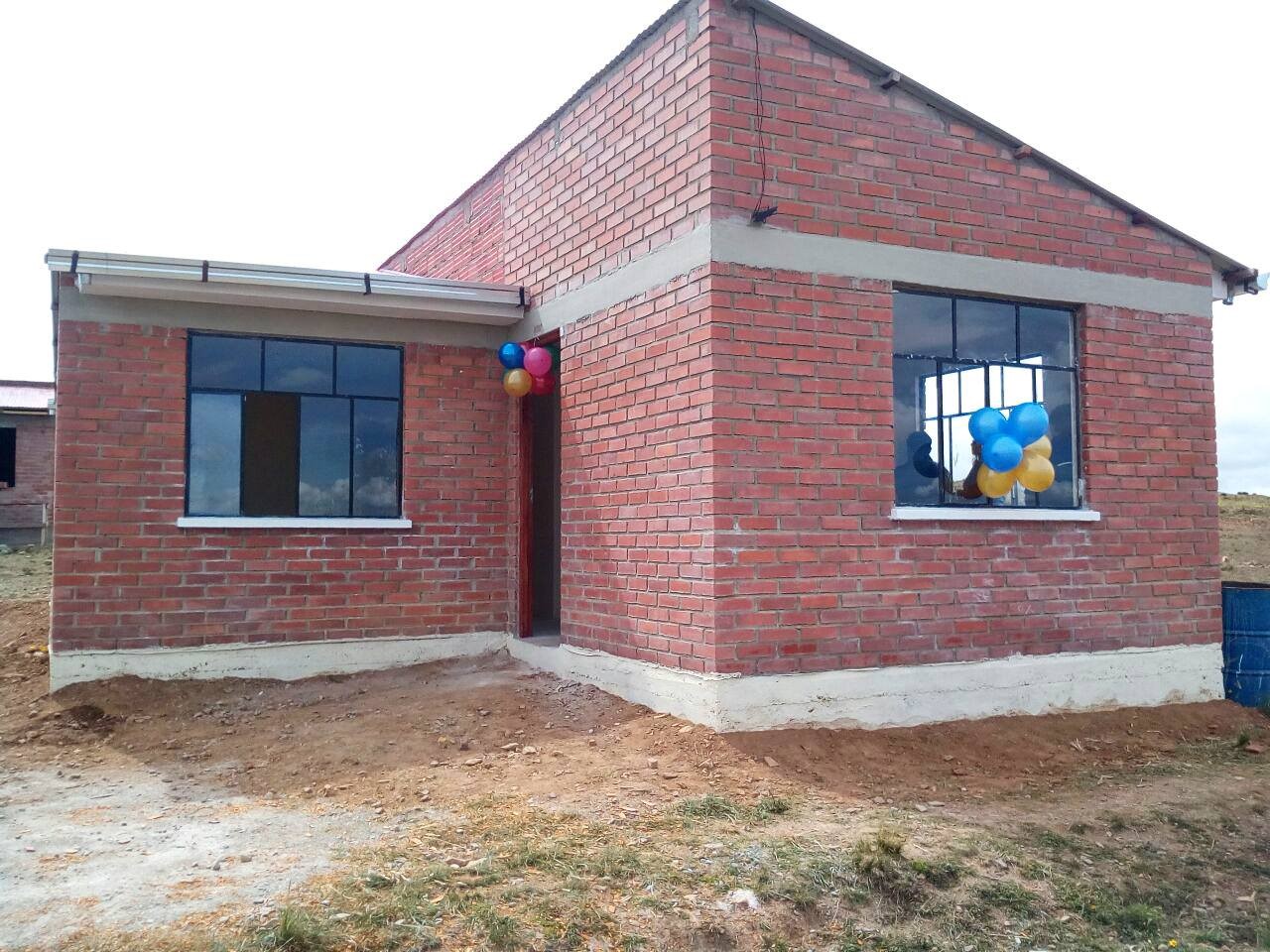
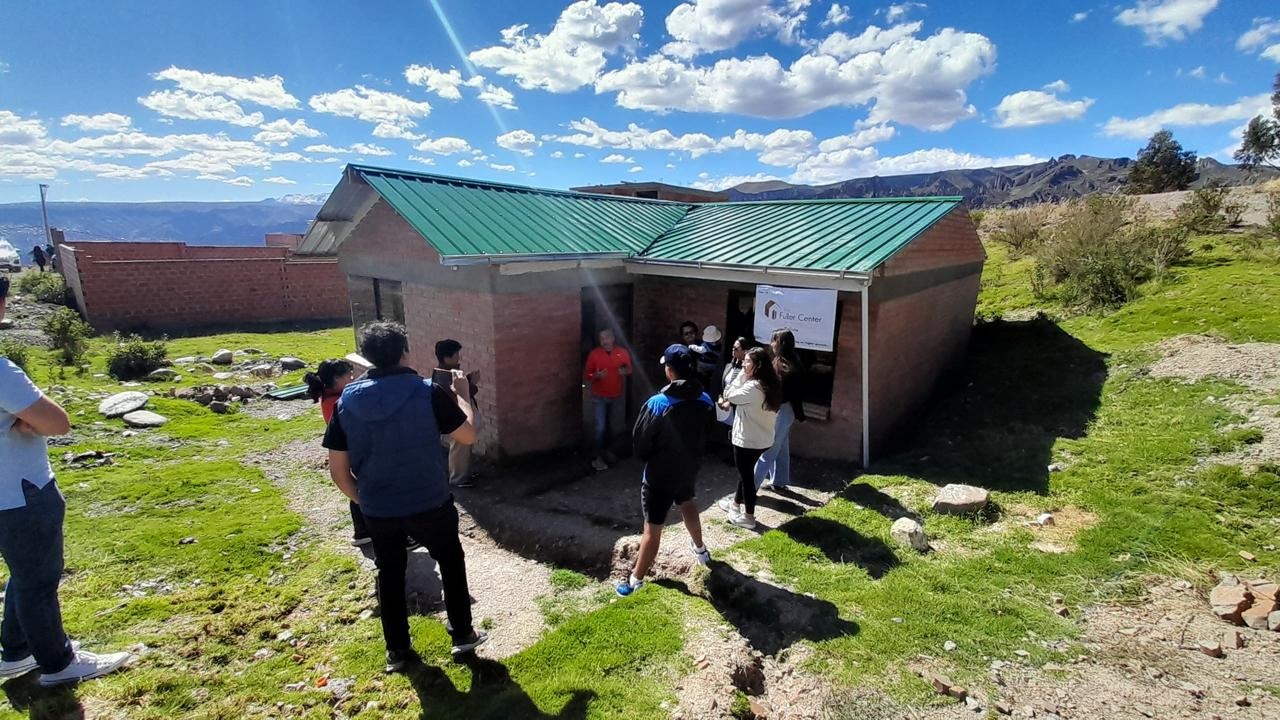
Bolivia, located in the heart of South America, boasts a diverse landscape ranging from the Andes and the Chaco to the tropical rainforest of the Amazon basin. At over 3,500 meters above sea level, its seat of government, La Paz, is situated in the Andean Altiplano, with the snow-capped Illimani mountain towering in the background. Nearby is the pristine Lake Titicaca, the largest in the continent, stretching along the border with Peru.
Dedicated to continuing the legacy of Millard Fuller, Global Builders travel to Bolivia and other parts of the world to construct homes alongside beneficiary families.
Millard and Linda Fuller became millionaires in their 20s, but they felt something was missing. Despite their wealth, happiness eluded them, and Millard’s relentless pursuit of success in the business world nearly ended their marriage. In a final effort to save their relationship, they gave away their fortune and devoted their lives to serving God.

The Fuller Center for Housing Bolivia is an international non-profit organization committed to eradicating poverty housing in Bolivia. The organization offers the structure, guidance, and support that communities require to build and repair homes for their most vulnerable members.








